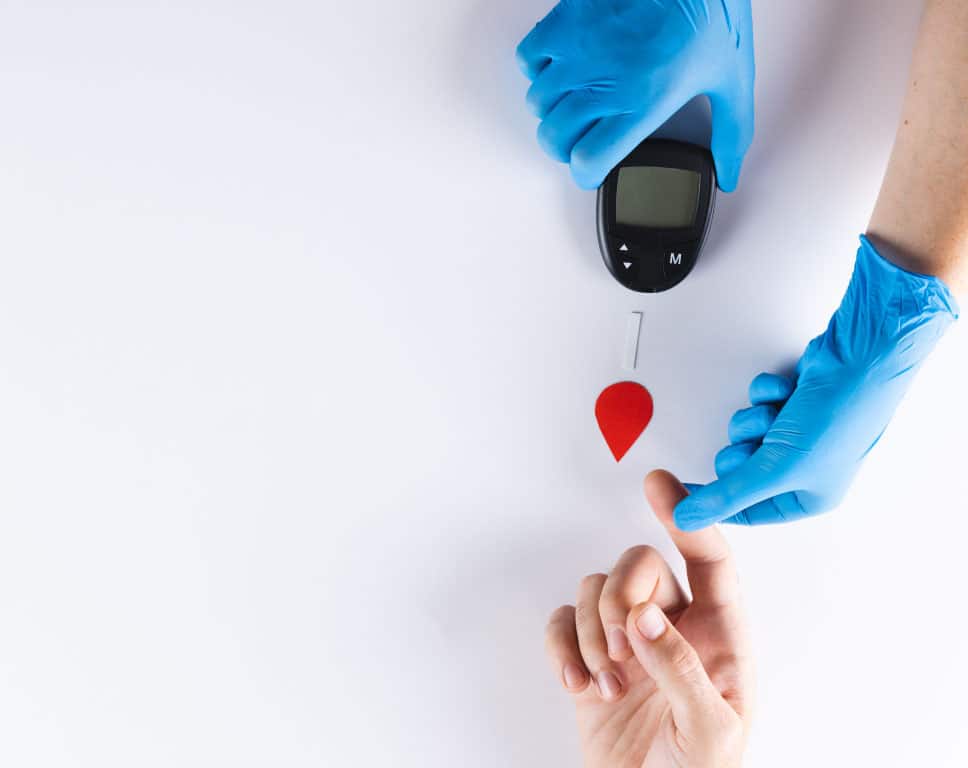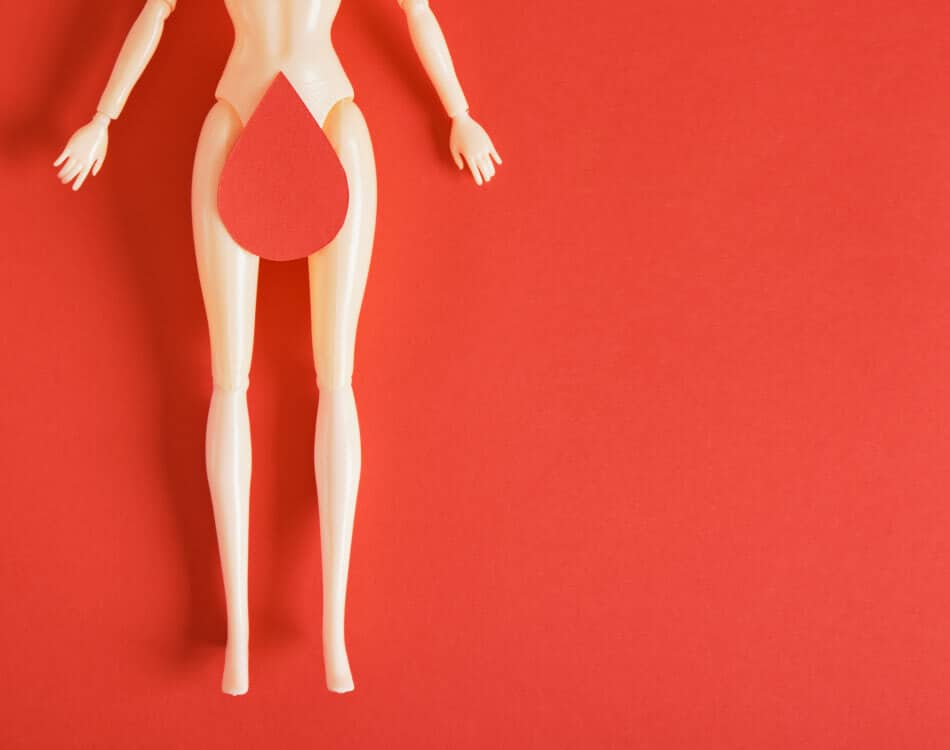For as long as man and woman have cohabited, the contentious debate about the existence and validity of ‘man flu’ has raged on.
A mopey man dragging himself around the house when the flu hits is enough to make the most compassionate and empathetic woman roll her eyes. However, science has confirmed what men around the world have known since the dawn of mankind – man flu is real!
The oestrogen factor
Researchers at Johns Hopkins Bloomberg School of Public Health and School of Medicine published a study in the American Journal of Physiology – Lung Cellular and Molecular Physiology that suggests the female sex hormone oestrogen could be the key factor in accounting for the difference in the severity of flu symptoms experienced by men and women.
The researcher team collected nasal cells from male and female participants and exposed them to the influenza A virus, along with oestrogen and other oestrogen-based compounds, such as drugs used in the treatment of breast cancer.
The results showed that symptoms in cells belonging to women were less severe as the viral load of those cells was significantly lower.
This antiviral effect was attributed to the fact that oestrogen reduced the replication of the flu virus in the harvested nasal cells. This protective quality is a phenomenon that has been observed in a growing number of studies conducted on the antiviral effects that oestrogen and various oestrogenic chemicals have on other viruses, including HIV, Hepatitis C, Ebola, and human cytomegalovirus.
The flu basics
A virus is usually spread through the air from coughing or sneezing, travelling over relatively short distances to infect those in close proximity. It can also be spread by touching contaminated surfaces and then touching your mouth or eyes.
Once it enters and infects the cell, it replicates itself inside the host cell. This results in common symptoms such as a fever, runny nose, sore throat, muscle pains, headache, coughing and lethargy. These symptoms typically begin two days after exposure to the virus and generally persist for a week or less. Coughing may last for more than two weeks though.
The fact that women naturally produce more oestrogen than men – up to 24 times the amount – helps them combat the virus better than their male counterparts as the hormone’s antiviral effects reduce the virus’ ability to replicate.
However, based on the study findings, oestrogen seems to only reduce the severity and duration of the infection and does nothing to reduce infection rates among women.
The immune systems of men, on the other hand, are left to grapple with the illness without the assistance of oestrogen. This generally results in infections that last longer and men often experience more severe symptoms.
Prevention better than cure
Faced with the devastating and debilitating effects of man flu, prevention is always better than cure. To help keep the flu at bay:
- Wash your hands frequently to reduce the risk of infection.
- Avoid contact with those who are already infected or are presenting with symptoms.
- Yearly vaccinations against influenza are also recommended by the Center for Disease Control and Prevention in the US, and the World Health Organization. The vaccine is usually effective against three or four types of influenza.
Treating the flu
If you have been infected and lack the requisite oestrogen for a quick recovery then you can try a few of the following remedies and treatments to try to reduce the severity of the illness:
- Visit your doctor: This should always be your first point of call. They will determine if the infection is viral or bacterial and could prescribe the appropriate medication.
- Get some natural support: There are also various natural options that you can try. Zinc, elderberry, olive leaf, green tea, garlic, echinacea and glycyrrhizin, a compound found in the liquorice plant, may assist to reduce symptoms or support the immune system.
- Look for relief: A combination of over-the-counter products, such as a pain killer that contains ibuprofen, and a suitable expectorant can provide symptomatic relief from fever, congestion and coughing. A steam bath or humidifier can also help to open blocked airways and loosen phlegm, as does mentholated topical creams.
- Rest up: The best approach is to get lots of rest, specifically sleep.















